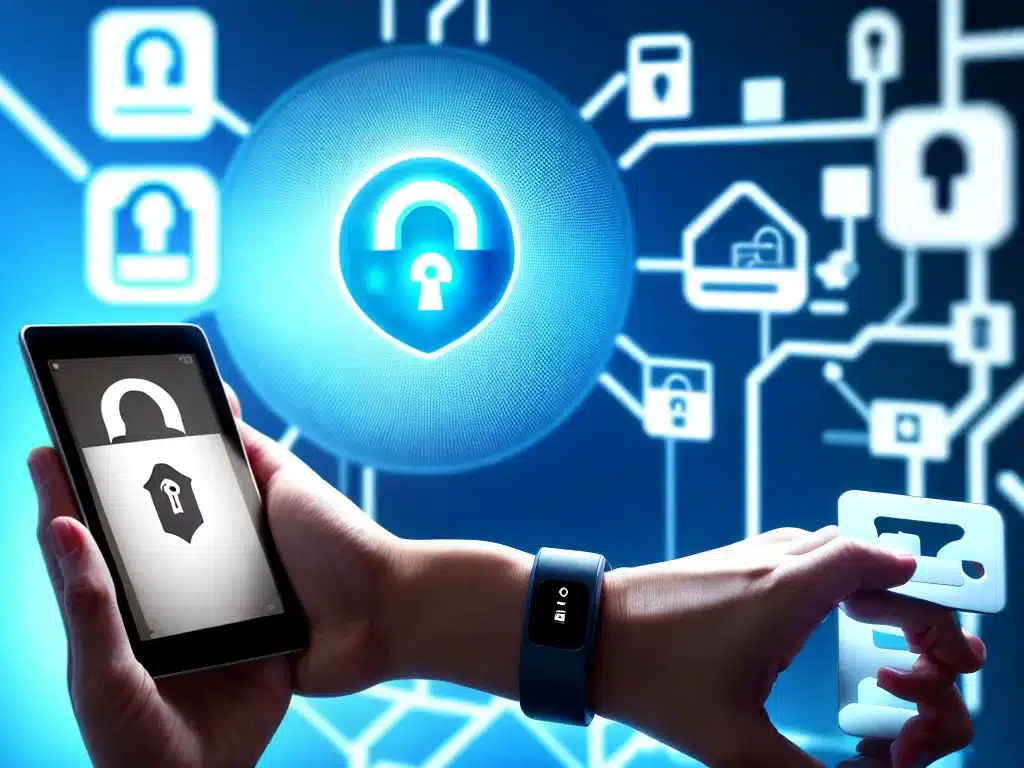
Introduction
The Internet of Things (IoT) refers to the growing network of internet-connected devices and objects that are embedded with sensors, software, and other technologies to collect and exchange data. Examples of IoT devices include smart home assistants, wearables, connected cars, and more.
While IoT devices offer convenience and new capabilities, they also raise privacy concerns due to the vast amounts of personal data they collect and transmit. As consumers, we must be aware of the privacy risks with IoT devices and take steps to protect our personal information. In this article, I will discuss the privacy issues with IoT and provide tips on how to secure smart devices and maintain privacy in the age of the Internet of Things.
Privacy Risks of Internet of Things Devices
IoT devices pose a number of privacy risks:
Data Collection
Many IoT devices continuously collect data about users’ behaviors, activities, locations and more. This can include:
- Voice data from virtual assistants
- Location data from wearables and vehicles
- Behavioral data from smart home devices
While this data provides functionality, it also creates privacy risks when collected extensively over time.
Lack of Transparency
Many IoT devices do not make it clear what data they are collecting and who it is being shared with. Consumers often do not realize how much personal data is being gathered.
Vulnerabilities
IoT devices can contain security vulnerabilities that hackers can exploit to access private data. Weak authentication mechanisms and unencrypted data transmission introduce risks.
Third-Party Sharing
Data from IoT devices is often shared with or sold to third-party companies, including advertisers and data brokers. This can happen without explicit user consent.
Anonymity Concerns
It can be difficult for users to remain anonymous while using many IoT devices that rely on personalization and collected data.
Securing Smart Devices
There are steps consumers can take to enjoy the benefits of IoT devices while maintaining privacy:
Research Before Purchase
Before buying an IoT device, research the privacy features and data collection policies. Opt for brands that prioritize privacy. Avoid devices that collect unnecessary data or have unclear privacy policies.
Strengthen Passwords
Use strong, unique passwords for IoT devices and their companion apps. Weak default passwords present a major vulnerability.
Limit Data Sharing
Disable settings that share data with third parties, including the manufacturer, unless necessary for core functionality. Opt out of promotional communications.
Encrypt Transmissions
When available, enable options to encrypt data transmissions from the device to the manufacturer/cloud. This protects against hacking.
Limit Tracking
Turn off location tracking features when not needed. Also disable options that link activity across devices.
Research Security Updates
Regular security updates are essential to address vulnerabilities. Research an IoT device’s update policy before purchase.
Guest Networks
Connect IoT devices to guest WiFi networks to limit access to other devices on your main network.
Physical Security
Position IoT devices away from windows or public areas to limit physical tampering risks.
User Vigilance Is Key
Ultimately, vigilance is required on the part of consumers to weigh the benefits and risks of IoT devices on a case-by-case basis. By making informed purchasing choices, taking basic security precautions, and limiting data sharing, we can enjoy the convenience of IoT while minimizing privacy risks. However, further oversight and improved standards around IoT data practices are needed to fully protect consumer privacy.
Conclusion
The growth of IoT devices introduces amazing new capabilities along with serious privacy implications. As consumers, we must educate ourselves on the risks and take steps to secure our devices and data. With proper precautions, it is possible to utilize smart devices while maintaining privacy in the age of the Internet of Things. However, work is still needed to improve data protection standards and give users more transparency and control.












